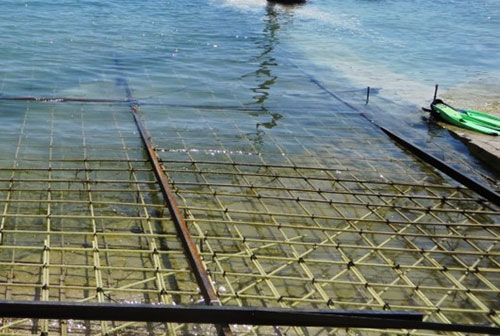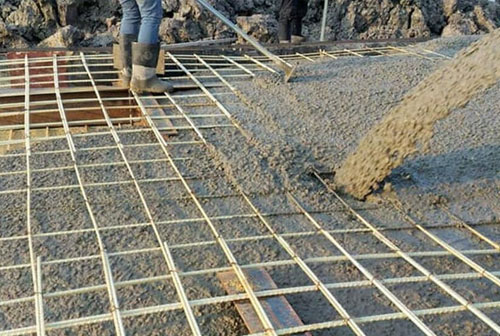GFRP rods wastewater treatment facilities
In the realm of construction and industrial applications, the need for strong, durable, and corrosion-resistant support systems is paramount. GFRP rods, also known as fiberglass rods, have emerged as a compelling solution, offering a robust non-metallic alternative to traditional steel rods. Let's explore the world of GFRP rods, unraveling their unique properties, applications, and advantages that make them a versatile and sought-after choice in various industries.
Understanding GFRP Rods:
GFRP rods are a composite material constructed entirely from non-metallic, corrosion-resistant resins and fiberglass reinforcements. This unique composition sets them apart from traditional steel rods, which are susceptible to rust and corrosion in harsh environments.
Properties of GFRP Rods:
1. Corrosion Resistance: The fiberglass construction of GFRP rods provides exceptional resistance to rust, acids, alkalis, and other corrosive substances, making them ideal for applications where steel might deteriorate.
2. Lightweight: Compared to steel rods, GFRP rods are significantly lighter, simplifying handling, transportation, and installation, especially for large-scale projects.
3. Strength: Despite their lightweight nature, GFRP rods boast remarkable strength and load-bearing capacity, capable of supporting substantial weight and ensuring structural integrity.
4. Non-Conductivity: Fiberglass, the primary component of GFRP rods, is an excellent electrical insulator, making them suitable for applications where electrical conductivity could pose a hazard.
5. Versatility: GFRP rods are available in a wide range of diameters and lengths, and can be easily cut and shaped to meet specific project requirements.
Applications of GFRP Rods:
GFRP rods' exceptional corrosion resistance, lightweight properties, and non-conductive nature make them a prime choice for applications in challenging environments:
1. Wastewater Treatment Facilities: In wastewater treatment plants, GFRP rods are widely used for structural reinforcement of walkways, pipe racks, and support structures, as they can withstand exposure to harsh chemicals and corrosive wastewater.
2. Chemical Processing Plants: In chemical processing environments, GFRP rods are employed for reinforcing pipe racks, platforms, and support structures, as they can resist the damaging effects of acids, alkalis, and other aggressive chemicals.
3. Refineries: Refineries, with their inherent exposure to corrosive substances and hazardous materials, rely on GFRP rods for structural reinforcement of pipe racks, walkways, and support structures, ensuring safety and longevity.
4. Marine Environments: In marine environments, GFRP rods are utilized for reinforcing docks, piers, and support structures, as they can withstand the corrosive effects of saltwater and harsh weather conditions.
5. Food Processing Facilities: In food processing plants, GFRP rods are employed for reinforcing conveyor systems, support structures, and walkways, as they meet hygiene standards and resist corrosion from food substances.
Advantages of GFRP Rods over Steel Rods:
1. Superior Corrosion Resistance: GFRP rods' non-metallic construction provides unmatched durability and extended lifespan due to resistance to rust and corrosion.
2. Lightweight Design: Reduced labor costs and expedited project completion due to simplified handling, transportation, and installation.
3. Electrical Safety: Minimized risk of electrical shocks and enhanced safety in hazardous environments due to non-conductive properties.
4. Versatility in Harsh Environments: Suitability for a broader range of environments due to resistance to chemicals, extreme temperatures, and UV radiation.
5. Long-Term Cost-Effectiveness: More cost-effective over the long term due to durability, low maintenance, and extended lifespan.
Conclusion:
GFRP rods have revolutionized the construction and industrial landscape, offering a versatile, durable, and corrosion-resistant alternative to traditional steel rods. Their unique properties, wide range of applications, and numerous advantages over steel rods make them a preferred choice for diverse projects, ensuring structural integrity, safety, and long-term cost-effectiveness. As the demand for sustainable and resilient infrastructure grows, GFRP rods are poised to play an even more prominent role in shaping the future of construction and industrial applications.
 +86 15303735673
+86 15303735673 Jessica@frpzs.com
Jessica@frpzs.com
 Technical Data
Technical Data














